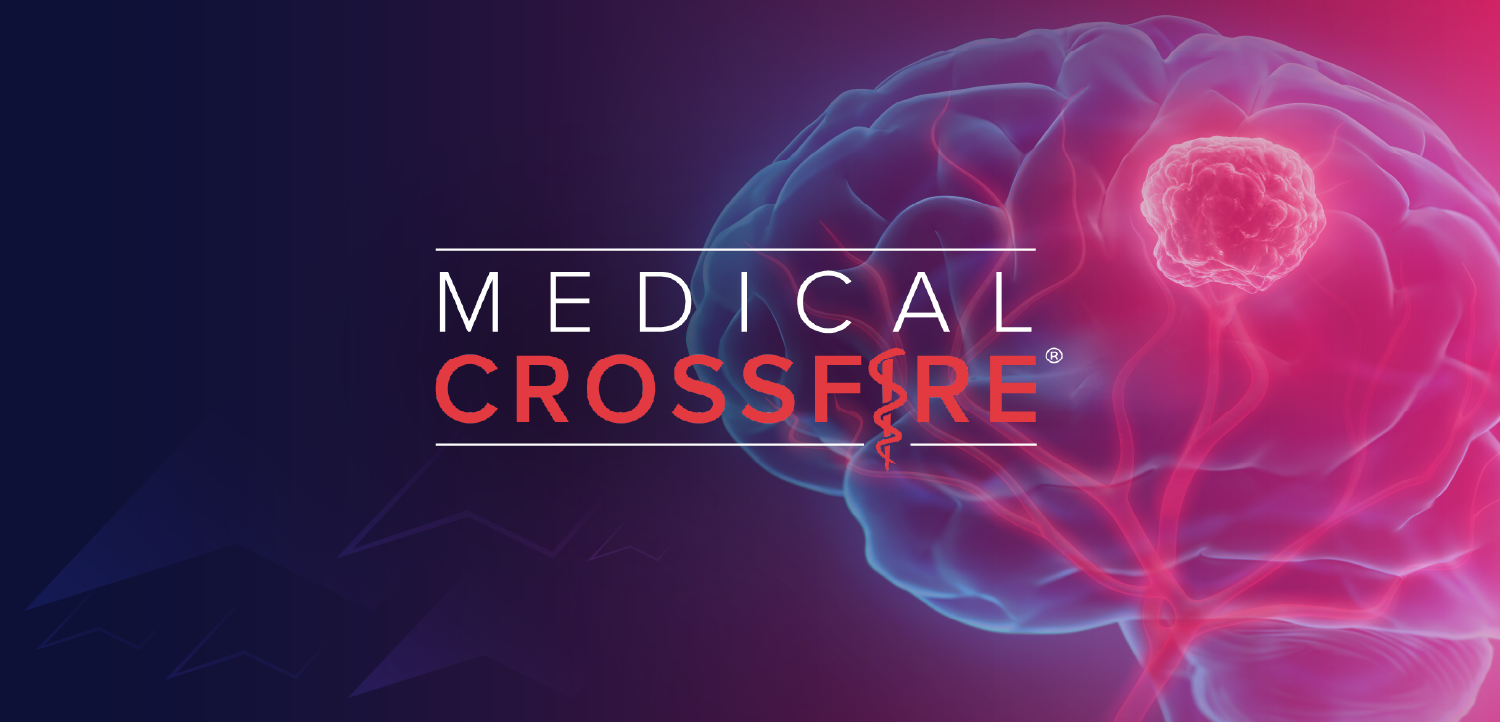
Lecanemab for Treatment of Early Alzheimer Disease
Panelists discuss how clinical experience with lecanemab in early Alzheimer disease shows meaningful slowing of cognitive and functional decline, with observed benefits to quality of life, caregiver confidence, and daily independence—highlighting the importance of early diagnosis, biomarker confirmation, and careful patient selection.
Episodes in this series

Summary for Physicians
Lecanemab in Early Alzheimer Disease: Clinical Experience and Quality of Life Impact
Clarity AD Phase 3 Trial Overview:
- Evaluated lecanemab, a monoclonal antibody targeting soluble amyloid-β protofibrils, in patients with early Alzheimer disease mild cognitive impairment or mild dementia with confirmed amyloid pathology).
- Demonstrated a statistically significant slowing of cognitive and functional decline over 18 months, as measured by:
- CDR-SB (Clinical Dementia Rating–Sum of Boxes)
- ADAS-Cog14 (Alzheimer Disease Assessment Scale–Cognitive Subscale)
- ADCS-MCI-ADL (Alzheimer Disease Cooperative Study–Activities of Daily Living)
Quality of Life Observations in Practice: While traditional cognitive scales were the primary end points in Clarity AD, improvements and preservation of quality of life are being increasingly observed in clinical settings:
- Slower Decline in Functional Abilities: Patients and caregivers report better retention of independence in activities like managing finances, navigating familiar environments, and engaging in conversations.
- Emotional and Psychosocial Stability: Some patients demonstrate reduced anxiety and frustration linked to cognitive decline; caregivers often note improved mood and engagement.
- Enhanced Caregiver Confidence: Families feel reassured by having an active treatment plan in place, contributing to improved caregiver quality of life and reduced burnout.
- Delayed Progression: While not a cure, lecanemab appears to give patients more time in earlier, higher-functioning stages—impacting planning, autonomy, and daily satisfaction.
Clinical Integration Considerations:
- Baseline Amyloid Confirmation: Required prior to initiation.
- Monitoring for amyloid-related imaging abnormalities: Regular MRI surveillance is necessary to manage potential adverse effects.
- Patient Selection: Best suited for patients in early symptomatic stages with adequate support systems and close clinical monitoring.
- Insurance and Access Barriers: Still evolving, requiring documentation of diagnosis, biomarker status, and ongoing neurologic evaluation.
Newsletter
Keep your finger on the pulse of neurology—subscribe to NeurologyLive for expert interviews, new data, and breakthrough treatment updates.





















